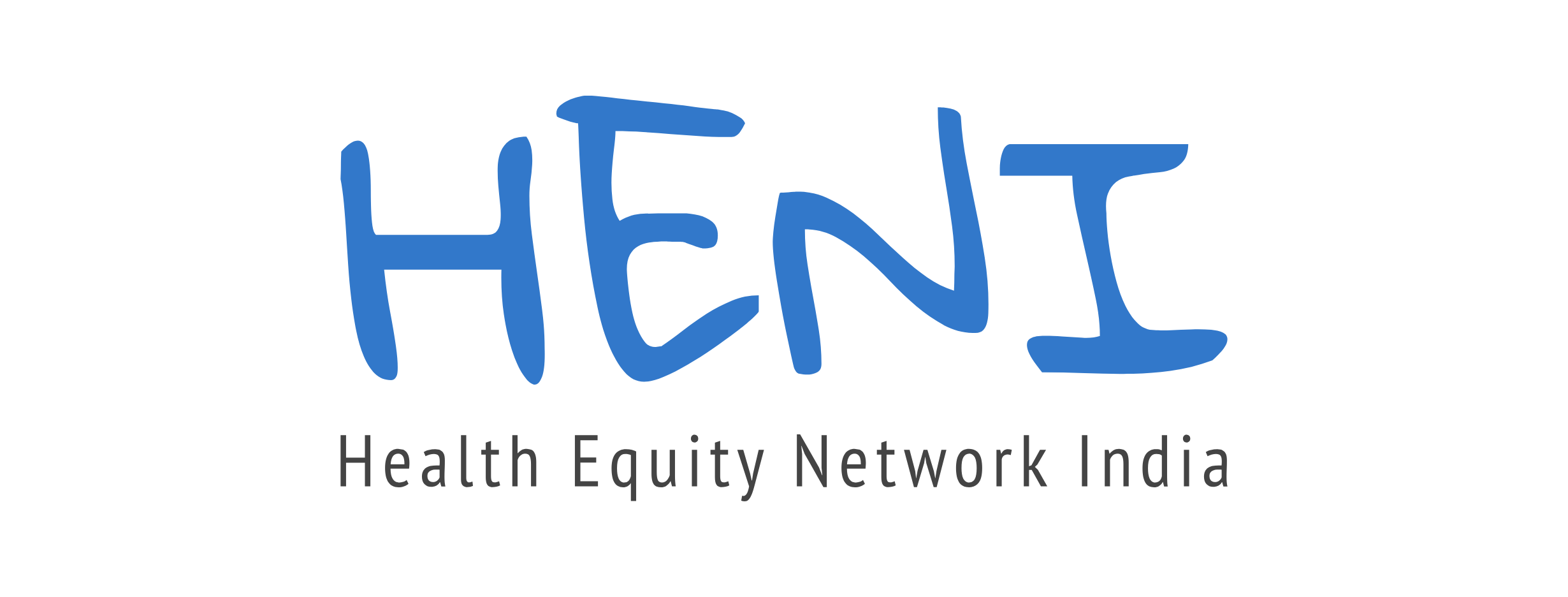DNA filter is an important part of high-throughput genomics workflows like PCR, qPCR, and DNA sequencing. The purified DNA then can be used in stressful downstream applications such as cloning, transfection, and sequencing reactions.
Many DNA filter methods make use of a silica column to combine DNA and contaminating pieces, such as proteins and RNA. Then, the DNA is usually washed with wash buffers containing alcohols. The alcohols help relate the DNA with the silica matrix. Finally, the DNA is definitely eluted utilizing a low-ionic-strength treatment such as nuclease-free water or TE stream. During the elution process, it is vital to determine if you want a high-yield sample or maybe a high-concentrate http://www.mpsciences.com/2021/04/15/gene-synthesis-and-transcription-processes/ sample.
Different DNA filter methods contain phenol removal (DNA is certainly chemically hydrolysed and binds to a phenol-chloroform mixture), ” spin ” column-based methods, ion exchange, salting out, and cesium chloride density gradients. As soon as the DNA have been purified, their concentration can be discovered by spectrophotometry.
DNA is certainly soluble in aqueous solutions of low-ionic-strength, such as TE buffer or nuclease-free drinking water. It is insoluble in higher-strength solutions, including ethanol or glycerol. During the elution stage, it is important to find the right type of elution stream based on your downstream program. For example , it really is good practice to elute your GENETICS in a choice with EDTA that will not impact subsequent enzymatic steps, including PCR and qPCR. If the DNA is usually not eluting in a short time of time, make an effort heating the elution buffer to 55degC.
